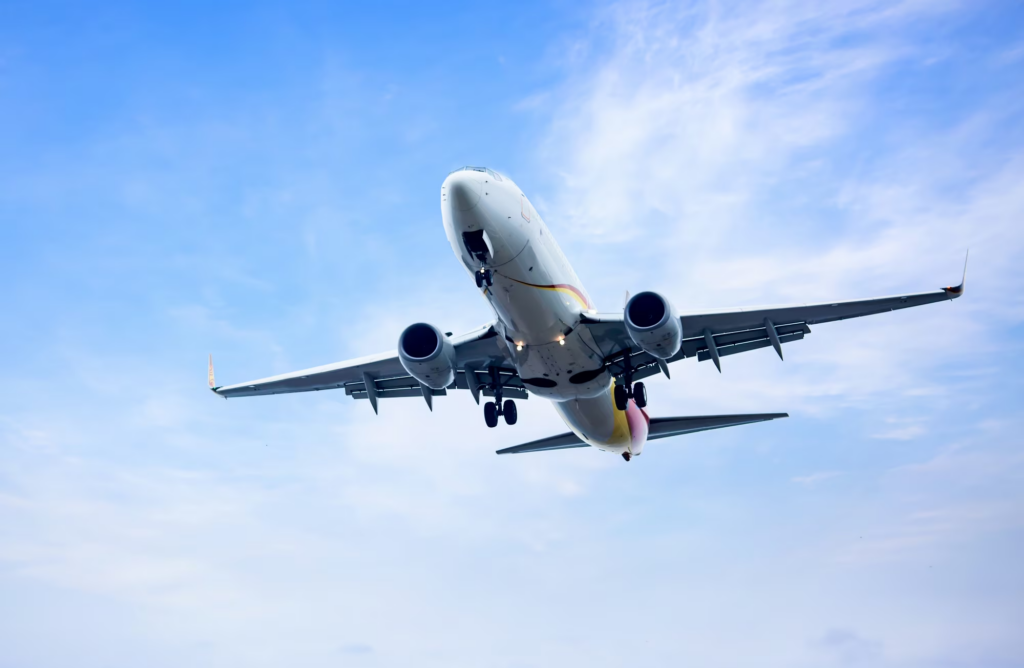Off The Record: Did Weather Alone Cause the Crash? New Delta Plane Footage Sparks Questions
A disturbing new video showing Delta Flight 4819 crashing onto a snow-covered runway, flipping upside down, and erupting into flames has left viewers shocked—and experts skeptical.
While initial reports attribute the crash to hazardous weather conditions, including strong winds and limited visibility, some aviation analysts are beginning to question whether weather alone was to blame.
As investigators continue to examine the events leading up to the accident, the combination of dramatic visuals and unanswered questions has reignited concerns about flight safety during extreme conditions.

ff the Record: Intense Video Shows Delta Plane Crash, Rollover, and Fireball Eruption
A newly released video captures the terrifying scene as a Delta Air Lines aircraft crash-landed at Toronto’s Pearson International Airport, flipped over on the icy runway, and was consumed by flames. Incredibly, despite the severity of the crash, all passengers and crew members survived the ordeal.
Delta Flight 4819 was making its final approach amid snowy and gusty weather when the plane lost stability, overturned, and caught fire. The incident happened around 2:15 p.m. on February 17. The aircraft was carrying 80 people—76 passengers and four crew members. While 18 people were injured in the incident, no deaths were reported, which many are calling a miracle.
Videos captured by onlookers and passengers inside the cabin show the sheer panic and confusion that ensued as the plane was thrown onto its roof and flames began to spread. Screams, crashing luggage, and emergency lights underscore the chaos that unfolded in just seconds.
Three people were taken to the hospital by air ambulance for further treatment. Authorities and experts alike have expressed shock that the outcome wasn’t far worse. One of the passengers, Peter Carlson, described the harrowing landing as “unbelievably rough.”
He said, “There was a loud impact, and then everything went sideways. Moments later, we were completely upside down, and I was still strapped into my seat.”
Experts Point to Weather—But Is That the Whole Story?
Aviation analysts have initially pointed to the extreme weather conditions at the time of the landing as the most likely cause. CNN’s aviation contributor, Peter Goelz, stated that sudden wind gusts at the moment of touchdown could have been the tipping point that caused the aircraft to flip.
Scott Hamilton, another aviation industry specialist, supported the theory, emphasizing the high-risk nature of operating in snowy, blustery environments. Veteran pilot and safety expert John Cox described the event as highly unusual. He noted that while aircraft have occasionally flipped during takeoff attempts, seeing such a dramatic inversion during landing is extraordinarily rare.
Cox elaborated, “At the time, wind speeds from the west ranged between 27 and 35 knots—approximately 38 miles per hour. Commercial planes are generally designed to manage such conditions, but this case clearly demonstrates how quickly control can be lost when multiple risk factors converge.”
Investigators have already secured the aircraft’s flight data recorder and cockpit voice recorder. These black boxes are expected to provide critical insight into the moments leading up to the crash, including any anomalies in aircraft systems or pilot decisions.
Conclusion
The frightening crash of Delta Flight 4819 at Pearson Airport is a sobering example of how quickly aviation emergencies can develop, especially under challenging weather conditions. The fact that everyone onboard survived, despite the aircraft flipping and catching fire, is being viewed as an extraordinary stroke of luck and a testament to the safety measures in place.
As aviation authorities dig into the recovered flight data and audio recordings, the public awaits clarity on whether the crash was solely due to weather—or if deeper issues involving equipment failure or pilot choices contributed to the disaster. In the meantime, the professionalism of the crew, the rapid response of emergency personnel, and the resilience of the passengers are receiving wide praise. This incident has once again underscored the importance of preparedness, rigorous training, and ongoing scrutiny of safety protocols in commercial aviation.



